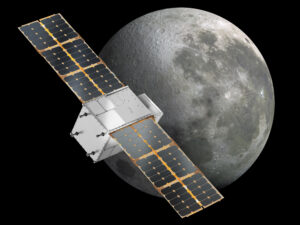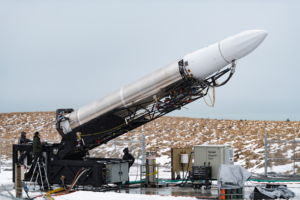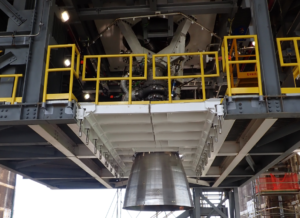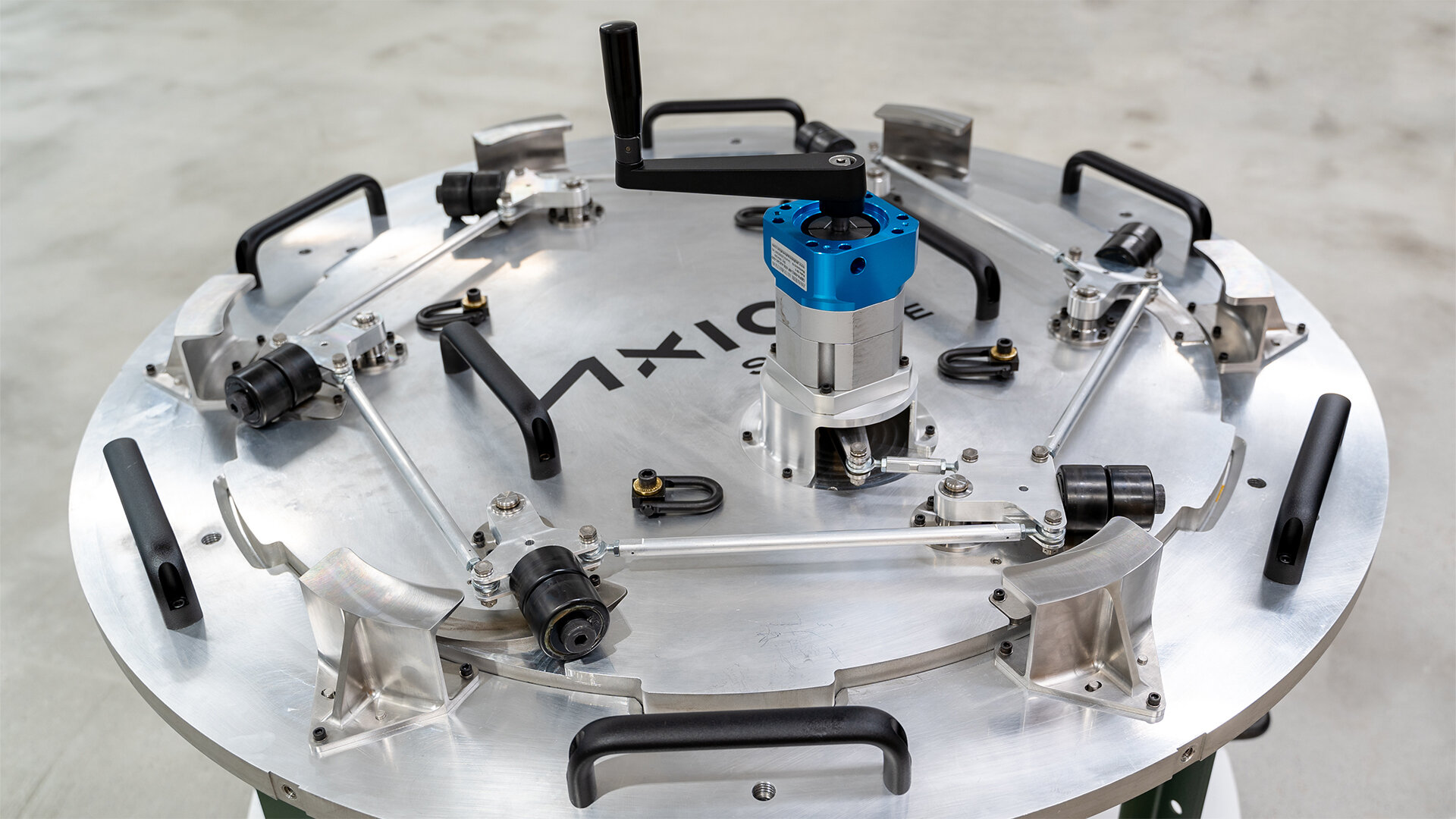
How Axiom Space Is Working On The Next Space Station
Since the construction of the International Space Station, we have consistently sent humans into space for an extended amount of time. Here astronauts perform science, experiments, research, and much more. Space stations are so valuable because they provide access to an incredible environment. While only large agencies up to this point have been primarily responsible for space stations, different companies are working on changing this.
Axiom Space is a company hard at work on different space station components with the goal of creating the future of space stations. The company is doing this with unique modules, future designs, and a plan to work together with NASA and other agencies. Each aspect is helping the company progress, develop, and manufacture what is meant to be the future of human presence in space.
The ISS is an incredible piece of technology that has provided invaluable information over many years. However, the station is very dated, expensive, and not going to last forever. Axiom space not only wants to build and launch a new space station, but one of the future meant to change how we access and stay in space. Along with who is able to access it and the purpose of going.
Axiom Background

Axiom Space is a relatively new company that was founded in 2016. Their primary goal consists of making space accessible for practically anyone or purpose. This includes visionary governments, manufacturing, individuals, researchers, and more. Axiom is confident that space provides a unique environment that is perfect for future innovation and development. This applies to not only things such as manufacturing but also research or other possible medical applications. The options are practically endless when in the environment of space. Currently, Axiom is working on hosting private missions to the International Space Station.
The company is also hard at work building the first commercial space station starting in 2024. Axiom Space mentions the purpose of this is “to ensure a brighter future for everyone on Earth and set our course for life beyond it.” The leadership team includes world-class, specialized expertise in commercial utilization of microgravity, on-orbit operations, astronaut training, space medicine, space system architecture, design, development, engineering, marketing, and law. All of which are working together to create a more prominent human presence in low Earth orbit. While Axiom is a new company, they have quite a bit of physical progress on different aspects of a future space station along with innovative technology.
Space Station Features
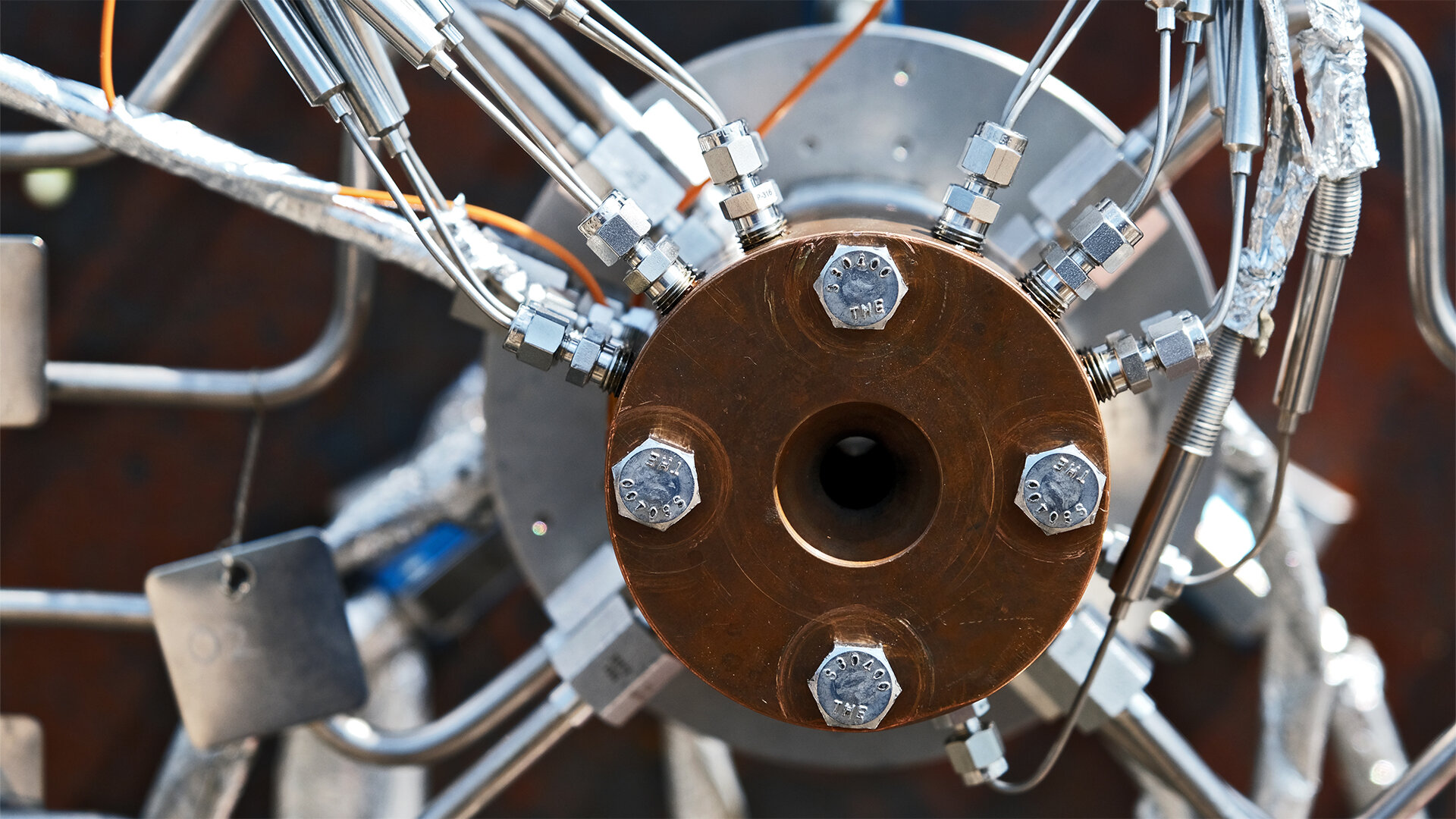
Modules – The first aspect of Axiom Space’s work on a future space station that I want to point out are the modules themselves. Axiom Space has designed multiple different modules each with a specific purpose. The idea is for each module to be launched individually and then connected once in orbit. The first module is named Axiom Hub One. This is a standard module that provides crew quarters along with research and manufacturing capabilities. The space within this module could be used by companies testing the manufacturing process of certain products in LEO. The next module is named Axiom Hub Two. This module also hosts crew quarters but instead of possible manufacturing space, it’s designed to facilitate research. Specifically, Axiom Space mentions this module has a research capacity.
In terms of crew quarters within these modules, Axiom has put a lot of thought into the design and convenience. Visionary creator Philippe Starck had the theme of multi-directional freedom in mind when designing these quarters. This design includes an emphasis on comfort and unobstructed views of our home planet. The next module is named Axiom Lab. This module is designed to be a state-of-the-art research and manufacturing facility. Lastly, you have the Axiom Power Tower. This is a very large module in comparison to the others that attaches vertically based on images provided by Axiom. This module is dedicated to providing additional environmental, life support, storage, and payload capabilities.
Design – The next feature I want to point out is the design along with Axiom Space’s progress on certain aspects. Starting with the hatch which is a necessary and complex aspect of any space station. The Axiom Station module hatches will allow crews to access current and future station elements and visiting vehicles. This is meant to enable a dynamic environment for economic activity in orbit. The company is currently working on a development unit that validates the design’s ability to seal under a predetermined input force. The next feature has to do with propulsion. Each Axiom module acts like a spacecraft equipped with systems needed to maneuver while in orbit. This includes propulsion thrusters that are developed in-house. Axiom is working on a test unit that continues to cycle through new and progressively longer hot-fire cycles to refine the design.
Another key component Axiom is working on is the bulkhead. Each module’s primary structure features four radial bulkheads to which other space station modules and visiting spacecraft can attach. Axiom already has a lot of progress with multiple bulkheads well into machining. They also stress the importance of windows on a space station. Eight of the largest windows ever constructed for the space environment will encircle the Axiom Earth Observatory cupola. Axiom is testing the vacuum seal of the windows along with many different stressors. Finally, there is avionics. Agile adoption of new technologies has avionics on pace to be Axiom Station’s first flight-ready system built for the future.
Partnership – The last aspect of Axiom Space’s plan and progress has to do with its partnership with NASA. The modules and technology Axiom is working on right now are designed to attach to the International Space Station in the future. This is meant to expand the space along with the opportunity within the ISS. Once fully assembled, Axiom Station will nearly double the useable volume of the ISS. This means not only could more people be working on the space station but this space could also facilitate additional experiments and developments.
The plan consists of launching individual segments in a few years’ time to attach to the International Space Station. Over time this will continue to expand and we will see the ISS get larger and larger. However, it’s important to point out that the ISS is coming to the end of its journey. While it’s hard to say exactly when it will be retired, it likely will happen around 2030. This is because of its age, cost, and other factors. By that time many Axiom Space modules are expected to be connected to the station. Here they will disconnect and become their own station with all Axiom Space modules. This ensures we have consistent and reliable access to low Earth orbit even if the ISS is retired.
Conclusion
Over the last 20 plus years, the International Space Station has provided consistent access to a one-of-a-kind environment. Here countless amounts of research and discoveries have been made. Smaller companies are now working hard on the future of space stations. Specifically, Axiom Space is hoping to have a big impact on the future through unique modules, future designs, and partnerships with big agencies such as NASA. All of which is helping make the future of space access in low Earth orbit more likely. With the ISS retirement expected in the somewhat near future, now is a great time for plans and innovations for future space stations. Axiom Space is already hard at work and making great progress on different aspects. We will have to wait and see how their progress continues and the impact it has on how we access space.

